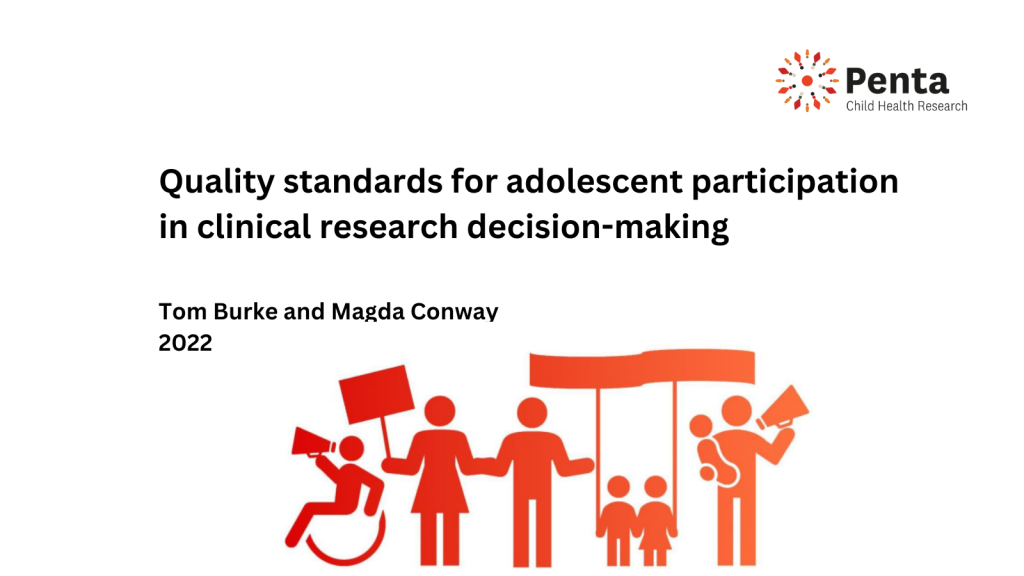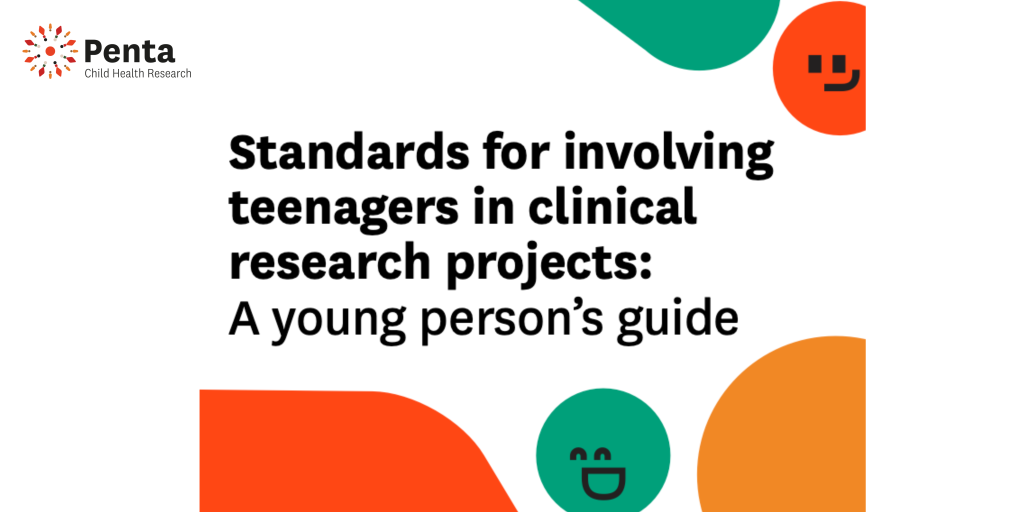Everyone approaches clinical research with the idea of changing the world. For the researchers in the Penta ID Network, the ultimate goal is to improve the lives of children through collaboration with all actors involved, especially children and young people. Paediatric HIV clinical research seldom engages children (0-18 years) in its development and delivery. Adolescents living with HIV are often disengaged with the science relating to their condition, which in-turn impacts on their ability to self-manage as they transition to adulthood.
In 2021, Penta began an initial conversation with key stakeholders to explore the idea of creating Standards for the sector to support better, more inclusive and ethical engagement of adolescents living with HIV in research. Leveraging our experience in youth engagement, Penta established the Quality standards for adolescent participation in clinical research decision making to make it possible for others to improve how they conduct research. The standards have also been developed in a youth friendly version of the Standards have also been developed to ensure young people participating in trials can hold those who run trials accountable.
The Standards
There are 32 Standards divided into four categories to reflect who would be responsible for and oversee the implementation of each:
- Funders – those providing funding for a particular clinical research project or who contribute to core costs of a clinical research centre.
- Research centre leadership – those responsible for the governance, leadership and management of research centres.
- Research project leadership – those responsible for the executive leadership of a specific research project.
- Staff responsible for participation – those staff with defined roles and responsibilities for the planning, delivery and evaluation of participation activities with adolescents.
Each set of standards covers five areas:
- Institutional and governance issues
- Setting a research agenda
- Plan and design
- Delivery and management
- Reporting of results
There are three different levels to work towards: Primary, Secondary and Tertiary. This is to support those who are undertaking youth engagement for the first time through to those who want to improve their established practice in this field.
Thank you to the many individuals and organizations that were involved in the development of these Standards and to ViiV Healthcare for funding this work.

